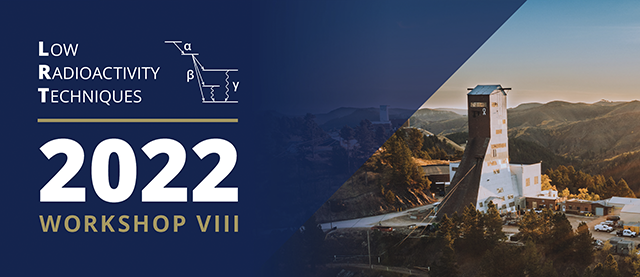Speaker
Description
The SABRE project aims to a model-independent search for dark matter through the annual modulation signature, with an unprecedented sensitivity to confirm or refute the DAMA/LIBRA claim. To achieve this goal, SABRE is working to produce NaI(Tl) crystals with a very low background in the (1-6) keV energy region, dominated by radioactive contaminants in the crystals. Direct counting of beta and gamma particles of crystal NaI-33 with the SABRE Proof-of-Principle detector, equipped with a liquid scintillator veto at the Gran Sasso National Laboratory (LNGS) has demonstrated an average background rate of 1.20 ± 0.05 counts/day/kg/keV, which is a breakthrough since the DAMA/LIBRA experiment.
Particularly, the amount of potassium contamination is 2.2 ± 1.5 ppb, lowest ever achieved for NaI(Tl) crystals. Data acquired for about one year with the NaI-33 detector into a purely passive shielding have shown that, if the crystal vetoable internal contaminations are as low as in the NaI-33, the active veto is no longer a crucial feature to achieve the required sensitivity. In fact, our background model indicates that the rate is dominated by 210Pb decays and that a large fraction of this contamination is located in the reflector wrapping the crystal. Beside the replacement of this material, ongoing developments of the crystal manufacture are aimed at the further reduction of the intrinsic background. The present results represent a benchmark for the development of next-generation NaI(Tl) detectors with a projected background rate lower than ∼0.3 counts/day/kg/keV. With this level of background an array of NaI(Tl) scintillating crystals with a total mass of just a fraction of the present generation experiments can achieve the ultimate verification of the DAMA result in three years.


